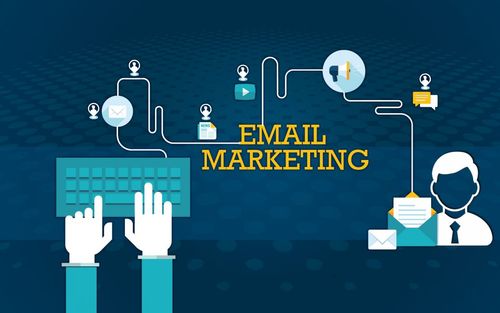In the world of digital marketing, email remains an undefeated champion, continuously delivering one of the highest ROI among marketing channels. But not all email campaigns are created equal. The secret to a successful email marketing strategy lies in a delicate balance between compelling content and meticulous strategy—a balance I like to call the Email Equation. This formula is crucial for captivating your audience and driving your business goals forward. Let’s explore the components of the Email Equation and how you can leverage them for your marketing success.
The Variables of the Email Equation
The Email Equation isn’t a static formula; rather, it's a dynamic interplay of variables that you must align with precision to reach the desired outcome. These variables include:
- Content Quality (CQ): The relevance and value of the content to the reader.
- Audience Understanding (AU): How well you know your audience’s preferences and behaviors.
- Timing and Frequency (TF): When and how often you send your emails.
- Design and Deliverability (DD): The visual appeal of your emails and their ability to reach inboxes.
- Engagement and Conversion Metrics (ECM): The data-driven insights guiding your email strategy.
Crafting Quality Content (CQ)
At the heart of the Email Equation is content. Quality content is original, engaging, and provides tangible value to the reader. It is what separates emails that are eagerly opened from those that are swiftly discarded.
- Value Proposition: Every email should have a clear value proposition. Why should the reader care? What’s in it for them?
- Tone and Voice: Align the tone and voice of your emails with your brand’s personality and the preferences of your audience.
- Actionable Content: Offer actionable advice, insights, or offers that encourage the reader to take the next step.
Understanding Your Audience (AU)
Knowing your audience is like having a map in unfamiliar territory—it guides your direction and ensures that your message is on point.
- Segmentation: Use data to segment your audience based on behavior, demographics, and purchase history to tailor your messaging.
- Feedback Loops: Implement feedback mechanisms in your emails to learn more about your audience’s preferences and improve future content.
Mastering Timing and Frequency (TF)
In email marketing, timing can be everything. Bombard your audience too frequently, and they may tune out; email them too infrequently, and they may forget you.
- Analytical Insights: Use analytics to determine the best days and times to send emails to various segments.
- Consistency: Develop a consistent emailing schedule that keeps your audience engaged without overwhelming them.
Designing for Impact and Deliverability (DD)
Your email’s design is its first impression, while its deliverability ensures it makes an impression at all.
- Responsive Design: Emails should be visually appealing and functional across all devices and email clients.
- Avoid Spam Triggers: Craft your emails to avoid spam filters, ensuring they reach your audience’s inbox, not their spam folder.
Leveraging Engagement and Conversion Metrics (ECM)
The final variable in the Email Equation is your ability to measure engagement and conversion.
- Metric Analysis: Track open rates, click-through rates, conversion rates, and other key performance indicators.
- A/B Testing: Continuously test different elements of your email campaigns to optimize performance.
Solving the Email Equation
To achieve marketing success, you must solve the Email Equation for your unique brand and audience. This means constantly experimenting, learning, and adjusting your strategy based on the data you collect. It’s not just about sending emails; it's about sending the right content, to the right people, at the right time, in the right way.
Conclusion: The Sum of All Parts
The Email Equation is more than a formula; it's a philosophy that emphasizes balance and synergy. When content and strategy work in harmony, they create email campaigns that resonate with recipients, encouraging them to engage and convert. By applying the principles of the Email Equation, you can ensure your email marketing efforts are not only seen and read but also felt and acted upon—turning the complex numbers game of digital marketing into a sum of success.



